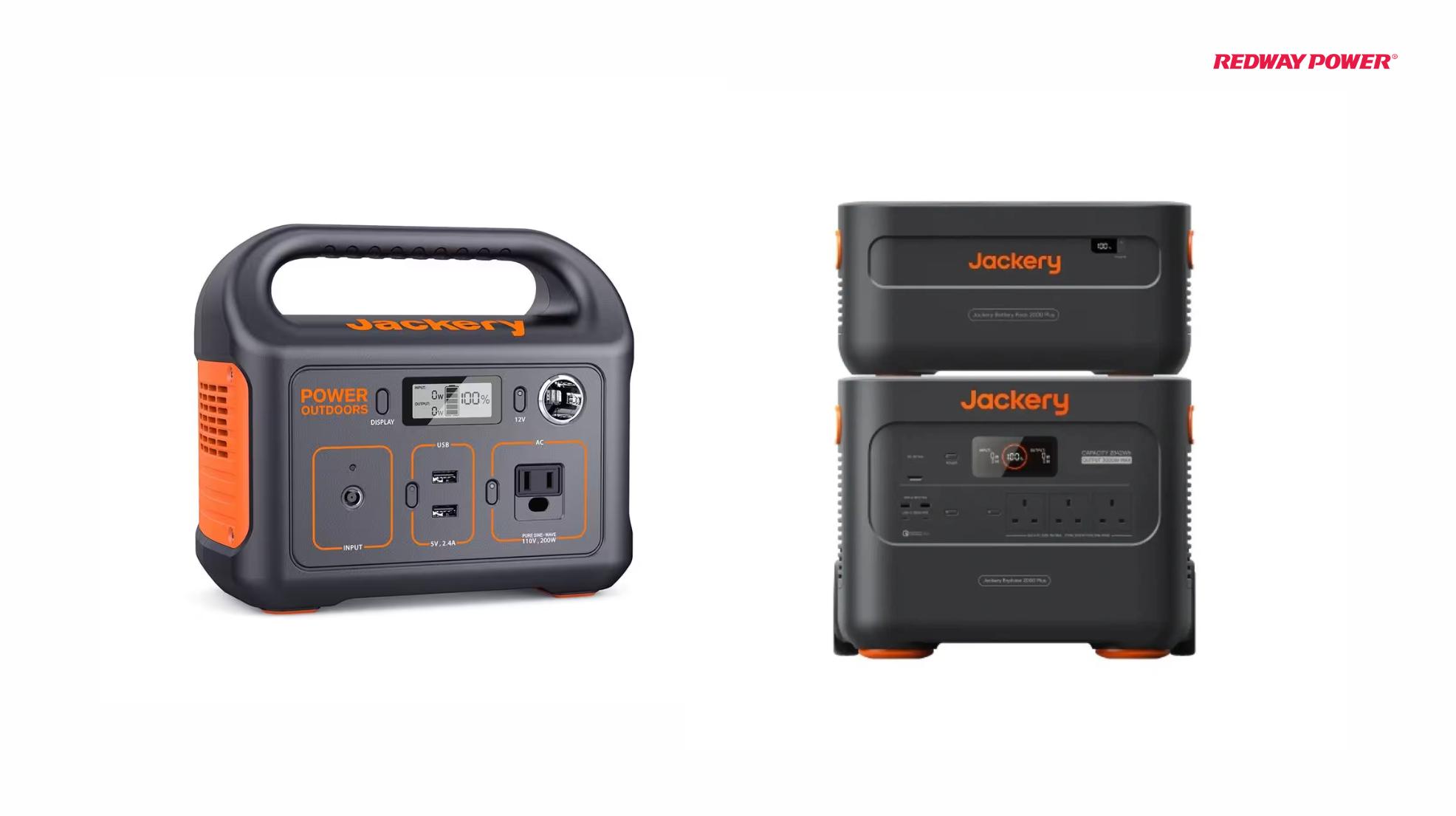How Much Does the 13.5 kWh Tesla Powerwall 2 Cost?
The Tesla Powerwall 2, with a capacity of 13.5 kWh, typically costs between $13,500 and $16,000, including installation. This price may vary based on location and additional components like solar panels, making it a competitive option in residential energy storage.
How Much Does the 13.5 kWh Tesla Powerwall 2 Cost?
The cost of the Tesla Powerwall 2 ranges from $13,500 to $16,000, which encompasses installation fees as well as necessary components for integration with solar systems or grid power. Additional expenses may arise depending on local labor costs and any extra equipment required for your specific setup.
| Component | Estimated Cost |
|---|---|
| Tesla Powerwall 2 | $13,500 – $16,000 |
| Installation | Included |
| Additional Solar Panels | $6,000 – $10,000 |
What is the Tesla Powerwall 2?
The Tesla Powerwall 2 is a lithium-ion battery designed for home energy storage, allowing users to store electricity generated from solar panels or drawn from the grid during off-peak hours. Its capacity of 13.5 kWh makes it suitable for typical household energy needs, providing backup power during outages and optimizing energy usage.
How Does the Tesla Powerwall 2 Work?
The Tesla Powerwall 2 operates by storing excess energy produced by solar panels or drawing from the grid when electricity rates are low. This stored energy can be used later when demand is higher or during power outages, enhancing energy independence and reducing reliance on grid power.
What Are the Specifications of the 13.5 kWh Tesla Powerwall 2?
The specifications of the Tesla Powerwall 2 highlight its efficiency and capability:
| Specification | Details |
|---|---|
| Usable Capacity | 13.5 kWh |
| Peak Power Output | 5 kW |
| Round-Trip Efficiency | 90% |
| Weight | 114 kg |
| Dimensions | 1,150 mm x 753 mm x 147 mm |
This robust design allows for wall or floor mounting in various settings, making it versatile for residential installations.
Is the Tesla Powerwall 2 Worth It for Homeowners?
Investing in a Tesla Powerwall 2 can be worthwhile for homeowners looking to enhance their energy efficiency and provide backup power solutions. With various incentives available, such as federal tax credits, many users find that the long-term savings on electricity bills justify the initial investment.
What Are the Top 5 Models Related to Tesla Powerwall 2?
When considering alternatives to the Tesla Powerwall, several models stand out in terms of features and reliability:
Top Models
These models are popular choices among consumers looking for effective energy storage solutions:
| Model | Capacity | Price Range | Key Features |
|---|---|---|---|
| Tesla Powerwall 3 | 13.5 kWh | $13,500 – $16,500 | Higher continuous output |
| LG Chem RESU | 9.8 kWh | $7,000 – $8,500 | Compact design |
| Sonnen Eco | Varies | $10,000 – $15,000 | Smart energy management |
| Enphase Encharge | Varies | $8,000 – $12,000 | Modular design |
| Generac PWRcell | Up to 18 kWh | $10,000 – $15,000 | Scalable system |
These options provide various features that cater to different energy needs and preferences.
OEM Tips for Battery Wholesale Buyers
For battery wholesale buyers considering OEM partnerships, choosing a reliable manufacturer is crucial. Redway Battery stands out as an excellent choice with over 13 years of experience in lithium battery manufacturing.To make OEM orders from a reliable manufacturer like Redway Battery:
- Identify your specific battery requirements.
- Contact Redway Battery to discuss your needs.
- Review product samples and specifications.
- Finalize your order details including pricing and delivery timelines.
- Establish a contract that outlines quality assurance measures.
Lithium batteries are increasingly favored over lead-acid batteries due to their efficiency and longevity.
Frequently Asked Questions about the Tesla Powerwall
- Is the Tesla Powerwall eligible for tax credits?
Yes, it qualifies for a federal tax credit of up to 30%. - How many batteries do I need?
This depends on your daily energy consumption; consult with an installer for personalized advice. - What are common installation costs?
Installation costs can vary widely but typically range from $7,500 to $10,000, depending on complexity. - Can I integrate other solar systems with my Tesla Powerwall?
Yes, it is compatible with various solar panel systems and inverters. - What happens during a power outage?
The Powerwall automatically provides backup power when grid electricity fails.


